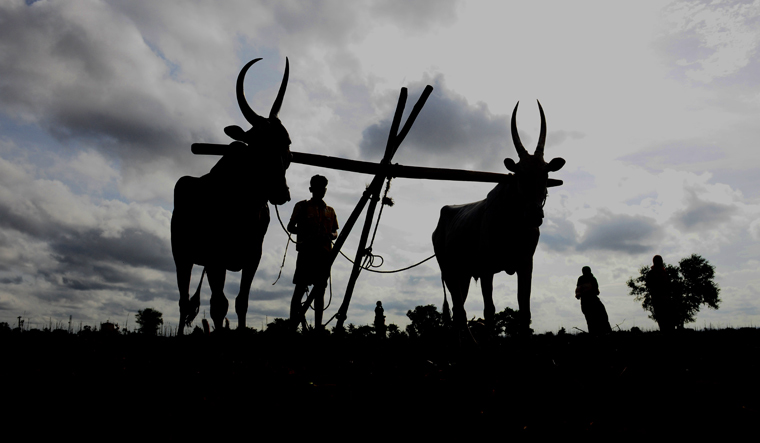India can enhance its food production, and improve its environmental footprint by reducing its reliance on rice, and planting crops such as sorghum and millets, according to a study.
The researchers, including those from the Indian School of Business in Hyderabad and the Indian Institute of Public Health in Delhi, said the country has tripled its cereal production over the past 50 years, with rice contributing almost half of this produce.
In their study, published in the journal PNAS, they said that rice does not offer the nutritional benefits of some other cereals, such as sorghum and millets, and added that the staple crop is grown in areas that are not necessarily suited to rice production.
While the reliance on rice since the Green Revolution succeeded in feeding a large population, the scientists said, it also pushed out a lot of traditional cereals that are still consumed in India but to a lesser extent.
They added that these traditional cereals like sorghum and millets are more nutritious and less environmentally damaging than rice.
"We've found that those traditional cereals have a higher nutritional quality and also tend to use less water, require less energy to be grown, and emit fewer greenhouse gases on a per kilogram basis," said study co-author Kyle Davis from the University of Delaware in the US.
Davis explained that rice is flood irrigated and requires a lot of water to grow -- a burden in India which is already experiencing widespread depletion of groundwater resources.
Additionally, the researchers said, the standing water in rice fields contributed to bacteria undergoing respiration without air, a process which causes them to emit methane -- a potent greenhouse gas -- into the atmosphere.
This side effect is not present in the other cereals which are not flood irrigated, so the scientists said their cultivation does not produce any methane emissions.
"These traditional cereals also tend to be less sensitive to variability in temperature and precipitation so they're more resilient to climate variability," Davis said.
He added that there are also many places where the yields of these cereals are comparable to, or higher than rice.
"For all of those reasons, we wanted to look at whether there were opportunities to replace some rice production with some of these traditional cereals without reducing food supply in the country," Davis said.
The current study also pinpoints which districts in which Indian states could see the largest improvements from the cultivation of millets.
"If the government had to prioritise a few states, they could point to our results and say for example 'Ok, these are the places where our largest water savings are going to happen so we should focus here," Davis explained.
According to the study, the next step for the government would be to quantify the willingness of local populations to increase the amount of these different cereals in their diets.
It noted that the government may also need to make economic considerations to protect the livelihoods of farmers, since asking a farmer to switch to a different crop might mean that they have different fertilizer requirements or would have to buy more seed.
According to Davis, the government subsidy programs in India for farmers would also have to be modified to make sure that they accommodate the changes.
While the study only looked at decreasing the rice area, and increasing some of the space allocated for other cereals, he said, India could also look at regions producing cotton or sugarcane -- water-intensive crops that don't contribute to nutrition -- and replace them with sorghum and millets.
The study said all these transitions could have positive environmental and nutritional benefits.
"You often see agriculture presented as causing environmental problems, when in fact agriculture is the solutions to many challenges. Our study shows there are opportunities to realise a number of different benefits through more thoughtful agricultural practices, and it shows that a single intervention can change multiple outcomes for the better," Davis said.



